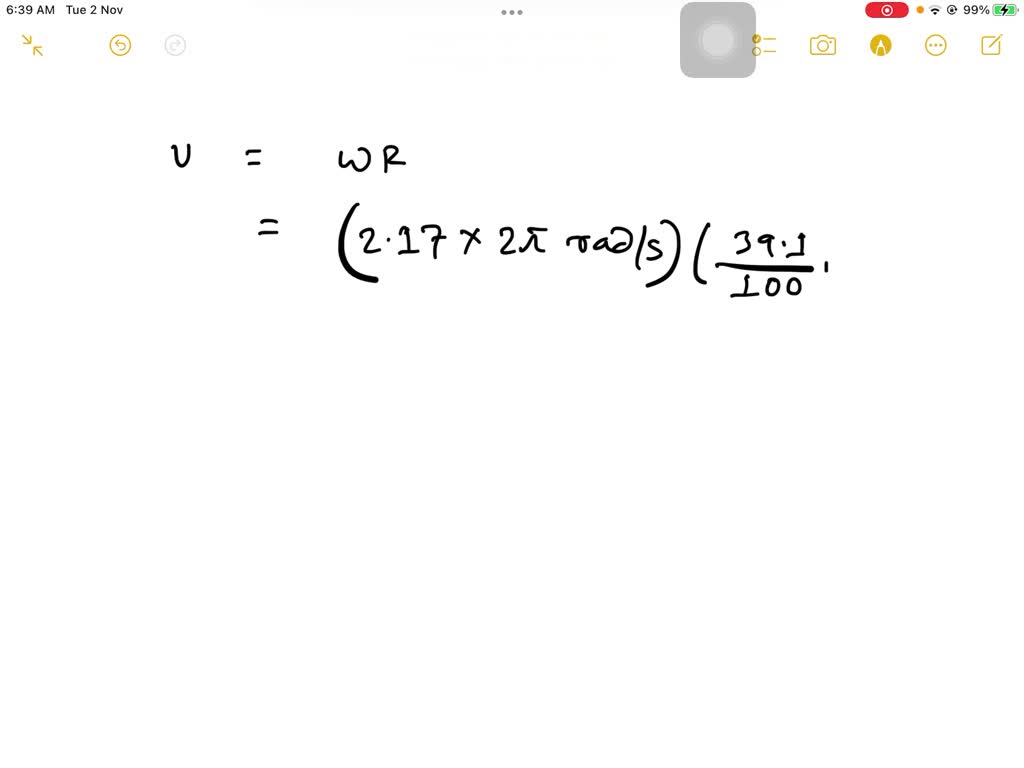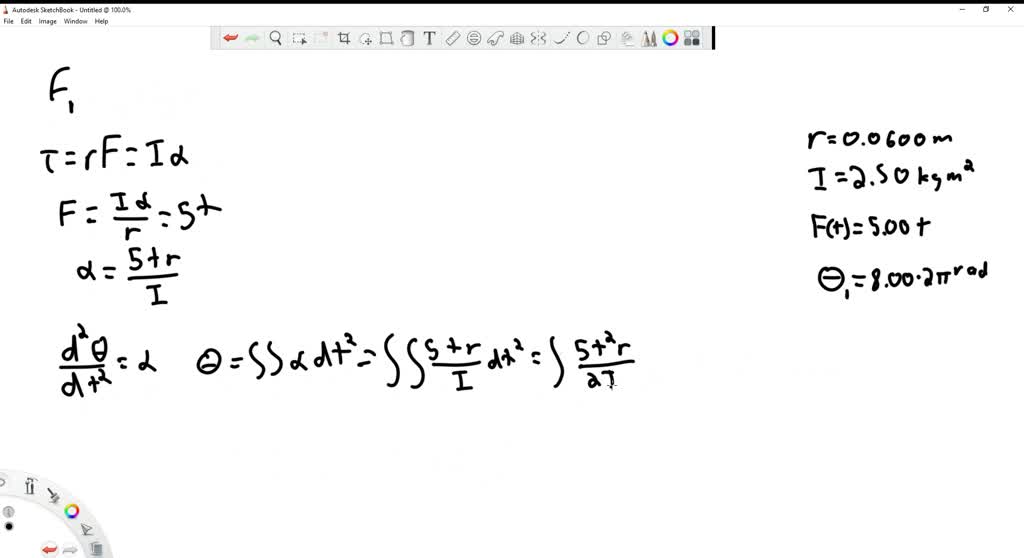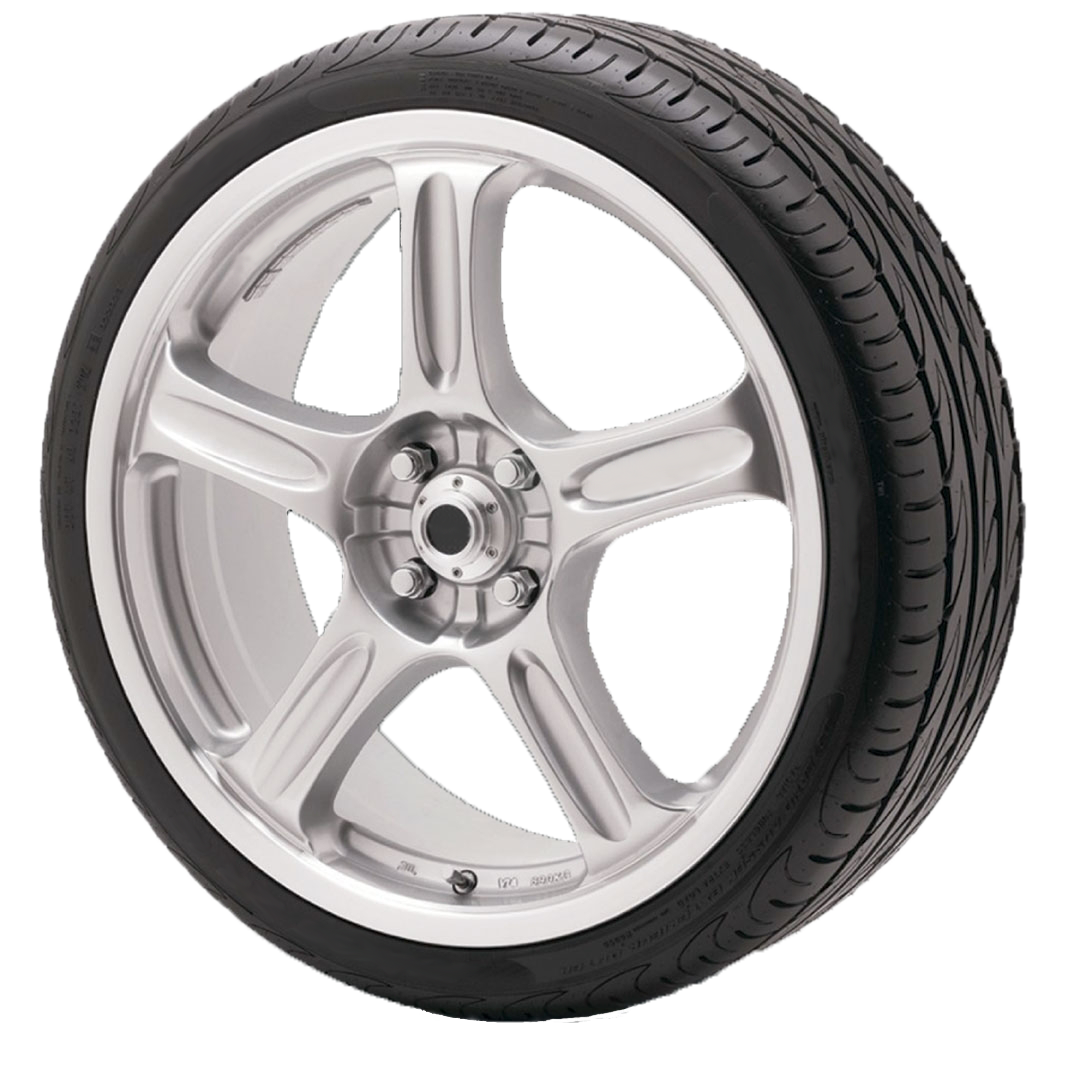What is the difference between a wheel and a tire – What’s the difference between a wheel and a tire? It’s a question that might seem simple, but understanding the distinction is crucial for comprehending how vehicles move and how to properly maintain them. While they often work together seamlessly, these components have distinct roles and characteristics.
The wheel, the foundational element, acts as a circular frame that rotates on an axle. It provides the structural support and allows for the vehicle’s motion. The tire, on the other hand, is the rubber covering that surrounds the wheel. It’s the crucial contact point with the road, providing traction, absorbing shocks, and ensuring a smooth ride.
Defining the Components
The wheel and tire, while often used interchangeably, are distinct components that play crucial roles in a vehicle’s movement and performance. Understanding their individual functions and constructions is essential to appreciating their contribution to overall vehicle operation.
Wheel Materials
The wheel serves as the primary support structure for the vehicle, providing a rigid platform for the tire to mount and rotate. It is typically constructed from a strong and durable material like steel or aluminum, offering resistance to bending and deformation under heavy loads.
- Steel Wheels: Steel wheels are generally more affordable and offer superior strength compared to aluminum wheels. However, they are heavier, which can impact fuel efficiency and handling.
- Aluminum Wheels: Aluminum wheels are lighter than steel wheels, resulting in improved fuel economy and handling. They are also more resistant to corrosion and offer a more aesthetically pleasing appearance.
Tire Materials
Tires, on the other hand, are responsible for providing traction and absorbing shock from the road surface. They are made from a complex combination of materials, each contributing to their specific properties.
- Rubber: The primary material used in tire construction is rubber, which provides flexibility, grip, and cushioning. The rubber compound used varies depending on the tire’s intended purpose, with different types offering varying levels of tread life, wet traction, and noise reduction.
- Steel Belts: Steel belts are embedded within the tire’s structure to provide strength and support, preventing the tire from deforming under load. They also contribute to the tire’s ability to handle high speeds and heavy loads.
- Nylon Cords: Nylon cords are used to reinforce the tire’s sidewalls, providing additional strength and stability. They also help to maintain the tire’s shape and prevent it from collapsing under pressure.
Wheel and Tire Interaction

The wheel and tire are two crucial components that work in tandem to enable a vehicle to move. The wheel provides a rigid structure, while the tire acts as the interface between the vehicle and the road surface. Their interaction is essential for traction, stability, and overall vehicle performance.
Tire Pressure and Interaction
Tire pressure plays a significant role in the interaction between the wheel and tire. The correct tire pressure ensures that the tire maintains its shape and provides the necessary contact patch with the road. The contact patch is the area where the tire touches the road surface. A properly inflated tire distributes the vehicle’s weight evenly across the contact patch, maximizing traction and stability.
- Underinflation: When a tire is underinflated, the sidewalls bulge outwards, reducing the contact patch and increasing rolling resistance. This can lead to decreased fuel efficiency, uneven tire wear, and a less responsive steering experience. The tire may also be more susceptible to damage from road hazards.
- Overinflation: Overinflation can also negatively impact the tire’s performance. The tire becomes more rigid, decreasing the contact patch and making the ride harsher. This can result in reduced traction, particularly in wet conditions, and increased wear on the center of the tire tread.
Tire Tread and Wheel Size
The tire tread and wheel size influence traction and stability. Tread patterns provide grip and channel water away from the tire surface, improving traction in wet conditions. Wheel size impacts the overall diameter of the tire and wheel combination, influencing the vehicle’s ride height and handling characteristics.
- Tire Tread: A deeper tread pattern provides greater grip, particularly on loose or uneven surfaces. However, deeper tread patterns can increase rolling resistance, reducing fuel efficiency. A shallower tread pattern may offer improved fuel efficiency but reduces grip in challenging conditions.
- Wheel Size: Larger wheels generally offer a smoother ride and improved handling. However, they can also increase unsprung weight, which can negatively impact ride quality and fuel efficiency. Smaller wheels can be more responsive but may provide a harsher ride.
The optimal tire pressure, tread pattern, and wheel size will vary depending on the vehicle, driving conditions, and personal preferences. Consulting the vehicle’s owner’s manual or a tire specialist is recommended for guidance on the appropriate settings.
Types of Wheels and Tires: What Is The Difference Between A Wheel And A Tire
Wheels and tires come in a variety of types, each designed for specific purposes and vehicle applications. Understanding these variations helps in choosing the right combination for optimal performance, durability, and comfort.
Wheel Types
Wheels are the circular components that connect the vehicle to the tires. They are typically made from various materials, each with its own advantages and disadvantages.
- Steel Wheels: These are the most common and affordable type of wheel, often found on standard vehicles. Steel wheels are robust and durable, making them suitable for heavy-duty applications. However, they are heavier than other materials, which can affect fuel efficiency and handling.
- Aluminum Wheels: Aluminum wheels are lighter than steel wheels, offering improved fuel economy and handling. They are also more resistant to corrosion and can be styled in various designs. However, they are more susceptible to damage and can be more expensive than steel wheels.
- Alloy Wheels: Alloy wheels are a combination of aluminum and other metals, such as magnesium or titanium. These wheels offer the best of both worlds, combining the lightweight properties of aluminum with the strength of other metals. They are typically found on high-performance vehicles and luxury cars.
- Forged Wheels: Forged wheels are made by heating and shaping metal under high pressure, resulting in a stronger and more durable wheel. They are often used in racing applications and are known for their superior strength and resistance to bending.
Tire Types
Tires are the rubber components that provide traction and support for the vehicle. They come in a variety of types, each designed for specific driving conditions and purposes.
- All-Season Tires: These are the most common type of tire, designed for year-round use in a variety of weather conditions. They offer a balance of performance in wet, dry, and light snow conditions.
- Winter Tires: These tires are designed for optimal performance in snow and ice conditions. They feature a deeper tread pattern and a softer rubber compound that provides better grip in cold temperatures.
- Summer Tires: These tires are designed for optimal performance in hot, dry weather conditions. They have a harder rubber compound and a shallower tread pattern, providing better handling and grip on dry roads.
- Off-Road Tires: These tires are designed for use on unpaved roads and trails. They feature a deep, aggressive tread pattern and a robust construction that can handle rough terrain.
- Performance Tires: These tires are designed for high-performance driving, offering superior handling, grip, and braking performance. They often have a wider tread pattern and a softer rubber compound.
Wheel and Tire Combinations for Different Vehicle Types
| Vehicle Type | Wheel Material | Tire Type |
|---|---|---|
| Cars | Aluminum, Alloy | All-Season, Summer, Performance |
| Trucks | Steel, Aluminum | All-Season, Off-Road |
| Motorcycles | Aluminum, Magnesium | Performance, Off-Road |
Wheel and Tire Maintenance

Maintaining your wheels and tires is crucial for ensuring a safe and comfortable driving experience. Neglecting this aspect can lead to uneven wear, reduced fuel efficiency, and even safety hazards. Regular maintenance ensures optimal performance, prolongs the lifespan of your tires and wheels, and helps prevent costly repairs.
Wheel Alignment, What is the difference between a wheel and a tire
Proper wheel alignment ensures that your wheels are pointing in the right direction. Misaligned wheels can cause uneven tire wear, make your vehicle pull to one side, and reduce fuel efficiency.
- Signs of Misalignment:
- Vehicle pulling to one side
- Uneven tire wear
- Steering wheel not centered
- Vehicle vibrating at certain speeds
- Getting Your Wheels Aligned:
- A professional mechanic can perform a wheel alignment using specialized equipment.
- They will adjust the angles of your wheels to the manufacturer’s specifications.
- Regular alignment checks are recommended every 6,000 to 8,000 miles or whenever you notice signs of misalignment.
Wheel Balancing
Wheel balancing ensures that the weight of each wheel is evenly distributed. Unbalanced wheels can cause vibrations, especially at higher speeds, leading to discomfort and potentially damage to your vehicle.
- Signs of Unbalanced Wheels:
- Vibrations in the steering wheel or throughout the vehicle, particularly at higher speeds
- Uneven tire wear
- Balancing Your Wheels:
- A mechanic will use specialized equipment to measure the weight distribution of each wheel.
- They will then add small weights to the rim to balance out the weight distribution.
- Wheel balancing is usually done in conjunction with tire rotation.
Tire Tread Depth
The tread depth of your tires is crucial for maintaining grip and traction, especially in wet conditions.
- Inspecting Tread Depth:
- Use a tread depth gauge or a penny to check the tread depth.
- Insert a penny into the tread groove with Lincoln’s head facing down.
- If you can see the top of Lincoln’s head, your tread depth is less than 2/32 inch, which is the legal minimum in most states.
- Tire Wear Indicators:
- Tire wear indicators are small raised bars across the tread.
- When the tread wears down to the level of the wear indicators, it’s time to replace your tires.
Tire Pressure
Maintaining the correct tire pressure is essential for optimal fuel efficiency, handling, and tire life.
- Checking Tire Pressure:
- Use a tire pressure gauge to check the pressure in each tire.
- The recommended tire pressure is listed in your vehicle’s owner’s manual or on the driver’s side doorjamb.
- Inflating Tires:
- Use a tire inflator to add air to your tires.
- Do not overinflate your tires, as this can lead to a harsh ride and uneven wear.
Cleaning and Protecting Wheels and Tires
Keeping your wheels and tires clean and protected helps maintain their appearance and extends their lifespan.
- Cleaning Wheels:
- Use a dedicated wheel cleaner and a soft brush or sponge.
- Avoid using harsh chemicals or abrasive cleaners that can damage the finish.
- Rinse the wheels thoroughly with water after cleaning.
- Cleaning Tires:
- Use a mild soap and water solution to clean your tires.
- Avoid using harsh chemicals or abrasive cleaners that can damage the rubber.
- Dry your tires thoroughly after cleaning.
- Protecting Wheels and Tires:
- Apply a sealant or wax to your wheels to protect them from dirt, grime, and UV damage.
- Use a tire dressing to enhance the appearance of your tires and protect them from the elements.
Impact on Vehicle Performance

The choice of wheel size and tire type significantly impacts a vehicle’s performance, influencing fuel efficiency, handling, braking, and ride comfort. Understanding these interactions is crucial for optimizing your vehicle’s performance and achieving the desired driving experience.
Fuel Efficiency
The size and type of tires can affect fuel efficiency. Larger wheels and tires generally increase rolling resistance, which requires more energy to move the vehicle, leading to decreased fuel efficiency.
- Larger tires: The larger the tire’s surface area, the greater the friction with the road, increasing rolling resistance and reducing fuel economy.
- Wider tires: Wider tires have a larger contact patch with the road, increasing rolling resistance and reducing fuel economy.
- Lower profile tires: Tires with lower profile walls (taller sidewalls) are stiffer and have less flex, reducing rolling resistance and improving fuel economy.
- Tire pressure: Maintaining proper tire pressure is crucial for fuel efficiency. Underinflated tires increase rolling resistance and decrease fuel economy.
Handling and Braking Performance
Wheel and tire characteristics play a significant role in a vehicle’s handling and braking performance.
- Wheel size: Larger wheels generally offer better handling and braking performance due to increased tire contact patch and improved grip.
- Tire width: Wider tires provide a larger contact patch, enhancing grip and improving handling and braking performance.
- Tire profile: Lower profile tires offer a stiffer sidewall, improving handling and braking response.
- Tire compound: The rubber compound used in tire construction affects grip and performance. Softer compounds provide better grip in wet conditions but may wear faster, while harder compounds offer better fuel efficiency and longer tread life.
Ride Comfort
Wheel and tire selection also influences ride comfort.
- Wheel size: Larger wheels can lead to a harsher ride due to increased stiffness and less tire sidewall flex to absorb bumps.
- Tire profile: Lower profile tires offer less sidewall flex, resulting in a less comfortable ride, especially on rough roads.
- Tire type: Some tire types, like all-terrain tires, are designed for off-road use and may provide a less comfortable ride on paved roads.
The wheel and tire are inseparable partners in the world of transportation. Recognizing their distinct roles and understanding their interaction is key to optimizing vehicle performance, safety, and longevity. Whether you’re a seasoned driver or a curious learner, appreciating the intricacies of these components can lead to a more informed and enjoyable driving experience.
FAQ Corner
What is the purpose of a wheel hub?
The wheel hub is the central part of the wheel that connects to the axle. It allows the wheel to rotate freely while securely attaching it to the vehicle.
What is the difference between radial and bias-ply tires?
Radial tires have their cords running perpendicular to the direction of travel, providing better handling and fuel efficiency. Bias-ply tires have cords running diagonally, offering greater durability and load capacity.
How often should I rotate my tires?
It’s generally recommended to rotate your tires every 5,000-7,500 miles to ensure even wear and prolong their lifespan.
What is the importance of wheel alignment?
Wheel alignment ensures that your tires are properly positioned and angled, improving handling, tire wear, and fuel efficiency.